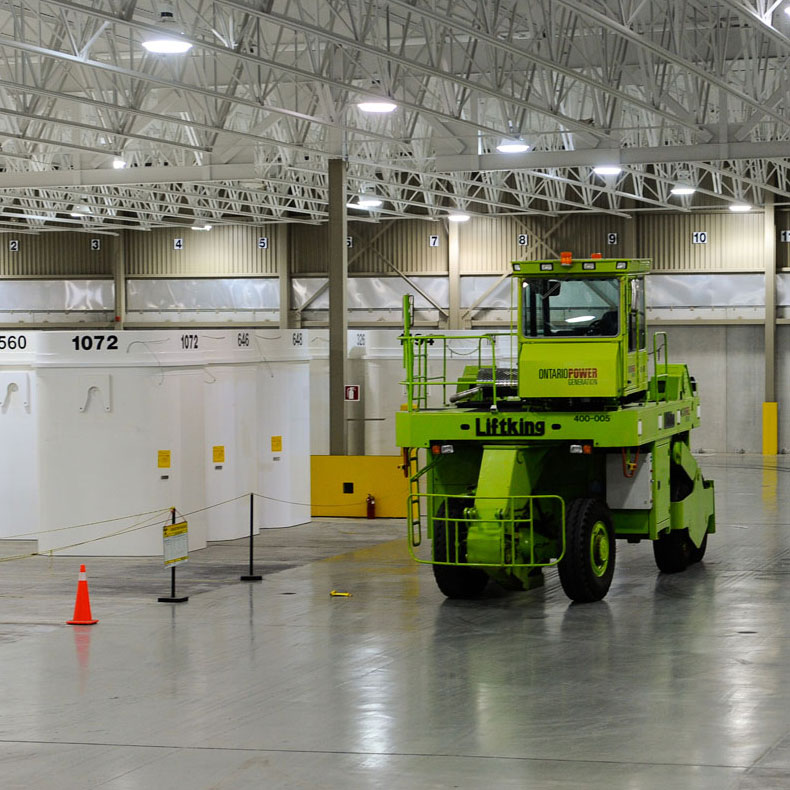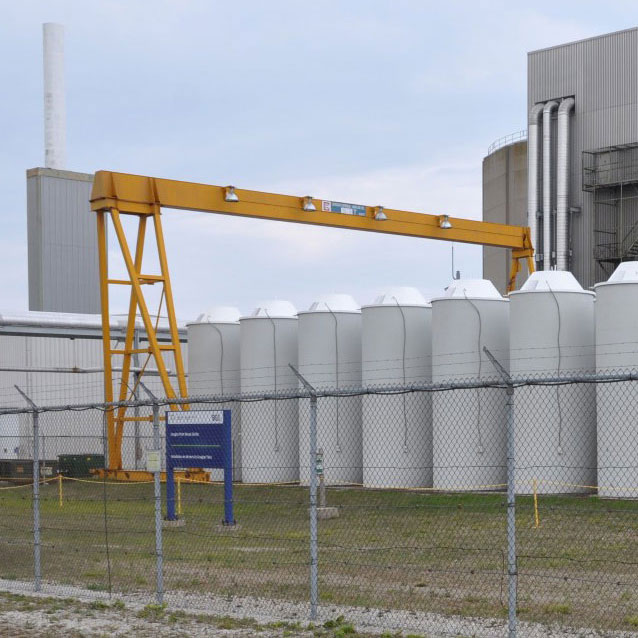Safe Long-Term Storage
Safe Long-Term Storage
Safely Storing Nuclear Materials
All forms of electricity production create by-products and materials. The burning of fossil fuels results in emissions to the air; and, for other energy systems, it often means that industrial waste is sent to landfill. The Canadian nuclear industry is the only energy sector to safely capture, monitor and store the by-products generated. In fact, Canada is considered a world leader in safe and environmentally sound nuclear material management.
Nuclear energy is unique, and with it comes a unique responsibility: to carefully manage the production of materials and the by-products (waste) generated.
Nuclear by-products such as used fuel and other materials require special care and protection, as they are radioactive and can stay radioactive for long periods of time.
Currently, the by-products at nuclear facilities are safely stored, managed and monitored under the strict control of skilled operators, all under the watchful eye of the Canadian Nuclear Safety Commission (CNSC) to ensure regulatory compliance.

A Responsible Plan
While nuclear materials have been securely stored onsite above ground for many decades, the Canadian nuclear industry and numerous government agencies are taking steps to determine a lasting solution to store Canada’s used fuel.
The Nuclear Waste Management Organization (NWMO), is leading the effort to plan for the safe, long-term storage of used nuclear fuel in a deep geological repository (DGR).
Following international best practice and scientific consensus, it will be a multi-generational project utilizing world-leading science and technology. Stored deep underground, the multiple-barrier system will withstand ice ages and natural events, shielded by rock to protect people and the environment for many thousands of years.
Many DGR projects are well advanced in countries such as Finland, Sweden and the United States.














